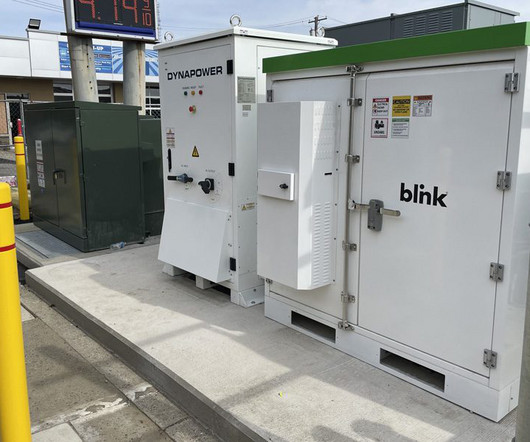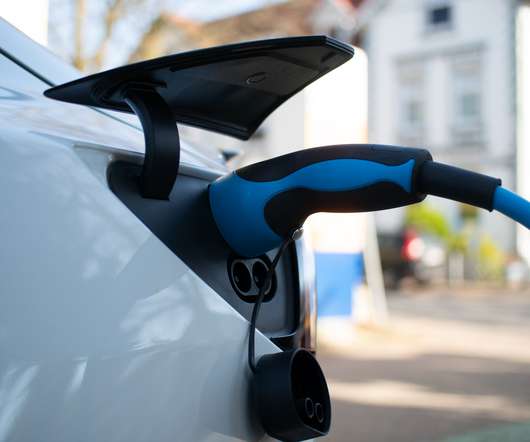What Does Battery Storage Mean for EV Drivers?
Blink Charging
JULY 27, 2023
Blink Charging recently announced our first battery energy storage system (also referred to as a BES system or BESS) in Pennsylvania that includes four direct current fast chargers (DCFCs). Here’s what battery storage means for you. Here’s what battery storage means for you. What is a battery energy storage system?












Let's personalize your content